What Is Biophilic Design?
The term “biophilia” was introduced by Erich Fromm in his book The Anatomy of Human Destructiveness, in which he described the terms as “passionate love of life and of all that is alive…whether in a person, a plant, an idea, or a social group.” Later on, the term was popularized by biologist Edward Wilson owing to his book Biophilia.
Nature by Design: The Practice of Biophilic Design, written by Stephen R. Kellert, thought leader in the field of biophilic design, breaks down the concept of biophilic design, its objectives and ways of implementing it in our daily lives. Biophilic design seeks to satisfy our innate need to incorporate nature into modern buildings and cities and to create a good habitat for people as biological organisms. This connection to the natural environment is achieved through direct and indirect contact with nature, as well as certain space and place conditions.
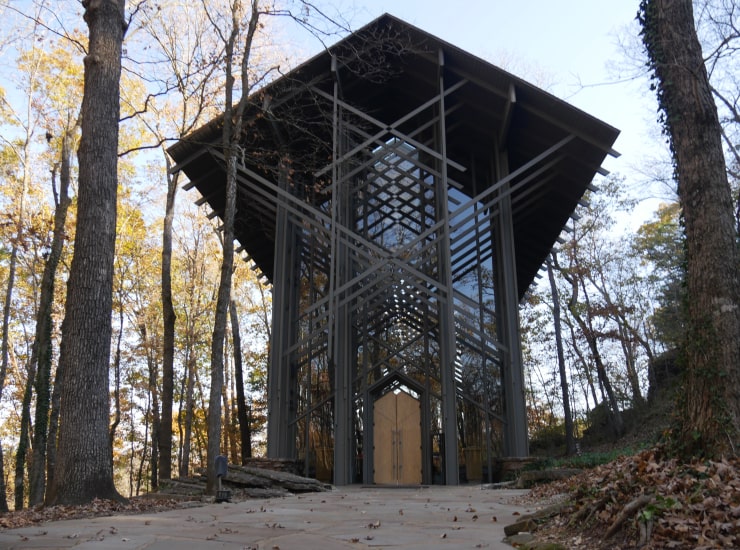
How Is Biophilic Design Beneficial to Humankind?
Aside from environmental benefits, biophilic design is believed to have a plethora of physical and mental health benefits, namely, enhancing physical fitness, lowering blood pressure, increasing comfort and satisfaction, reducing stress, anxiety and depression and increasing pain tolerance. Biophilic cities arguably have higher levels of social connectivity and a better capability to handle life crises, which has resulted in lower crime rates and lower levels of violence and aggression.
An effective biophilic design:
- requires repeated and sustained engagement with nature (an occasional or isolated experience is not beneficial);
- focuses on the elements of nature that proves to advance people’s health, fitness and well-being;
- encourages an emotional attachment to particular settings and places;
- fosters connections between people and their environment, enhancing relationships and a sense of membership in a meaningful community;
- encourages mutual reinforcing of contacts with nature and integrated architectural solutions.
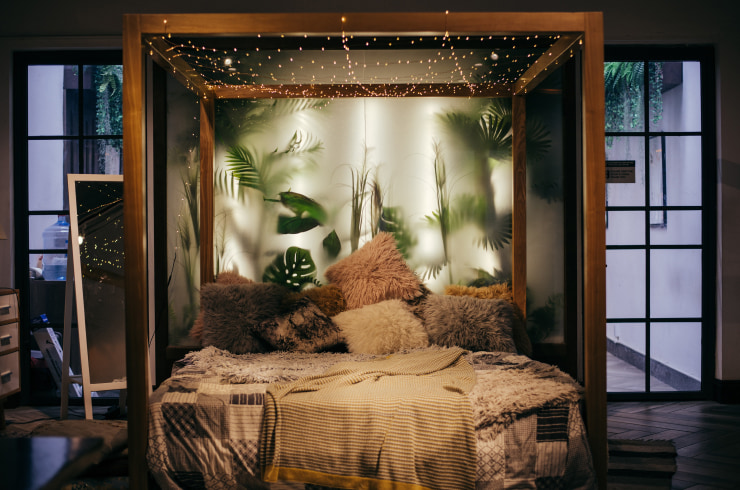
Biophilic Interior Design
Although the biophilic approach can be implemented in both external elements of the building and interior design, in this article we will focus on the latter to demonstrate how it can extend beyond just filling a space with potted plants.
Light and Air
Natural light is one of the key components that ensures the well-being of those who inhabit the space, enabling an orientation to the day, night and seasons, facilitating movement and contributing to comfort. You can integrate natural light into interior design through skylights, glass, atriums, clerestories and reflective materials.
Natural ventilation is also important to foster human comfort and productivity. The variations in airflow, temperature and humidity are achieved through the use of windows and other engineering strategies.
Keep the blinds open whenever possible—it provides vistas to the outside, which is an essential condition of biophilic design.
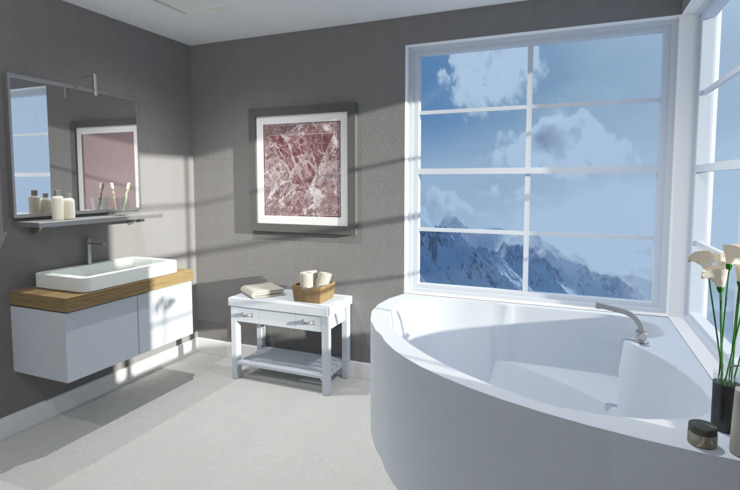
Water and Fire
Water is incorporated in interior design by means of pools, aquariums and other water bodies, thus helping to relieve stress and enhance one’s health and performance.
Fire provides comfort, warmth and movement. The positive presence of fire in interior design can be implemented through the construction of fireplaces and hearths. It can also be simulated using light, color and movement.
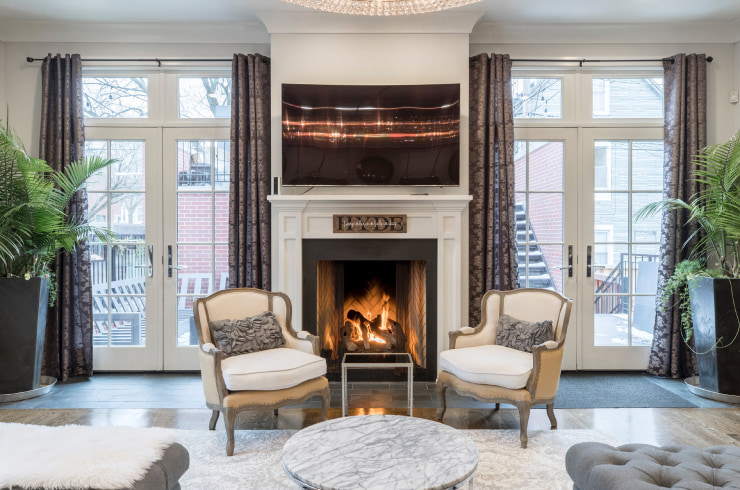
Plants and Animals
Plants provide a fundamental connection to nature in interior design; they can reduce stress, improve comfort and enhance performance and productivity. The incorporation of plants in biophilic design requires abundance, as incorporating a couple of plants will not provide the desired benefit.
Some methods of achieving this would be to use green walls, vertical gardens, botanical sculptures, floral installations or moss mosaics─or simply lots of potted plants in your interior design.

Frequent contact with animal life promotes mental stimulation and pleasure. Such contact can be achieved directly through feeders, gardens, aquariums, aviaries, etc. However, if you’re unable to incorporate those features, modern technologies, namely web cameras, video or spotting scopes, can simulate experiences with animal life.

Weather
Contact with weather is critical to human fitness and survival. Exposure to weather conditions indoors can be achieved by manipulating airflow, temperature, barometric pressure and humidity.

Images of Nature
The images of natural scenery and functional ecosystems can be both emotionally and intellectually satisfying. You can make use of photographs, paintings, videos, computer simulations, etc., in interior design. Keep in mind that these indirect representations of nature have to be abundant in order to be effective.

Natural Materials
In your interior design, be sure to incorporate various natural materials, such as wood, stone, leather (including faux or plant-based leather), bamboo, cork, vulcanized rubber, etc., as well as natural fabrics, such as cotton, linen, wool and others.
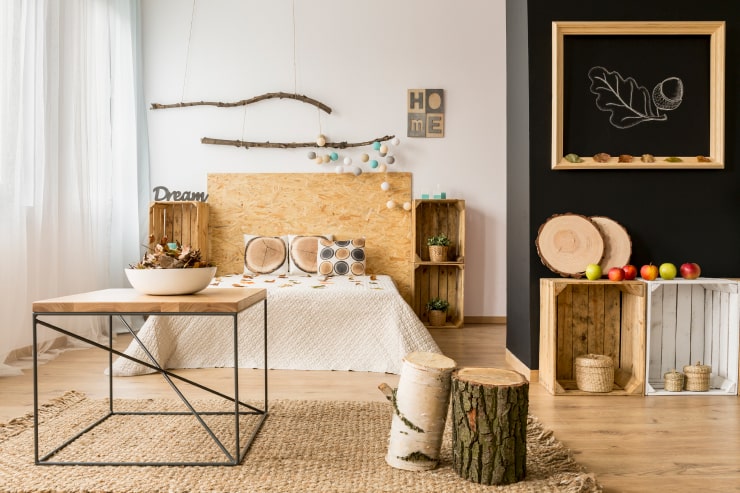
Natural Colors
Сolor in biophilic design is centered around muted earth tones, such as green, blue and brown. Apply bright pops of color with caution (they can serve as a means of representing certain environmental phenomena, like flowers and plants, rainbows, etc.) and avoid using highly artificial tones.

Naturalistic Shapes and Forms
Biophlic design caters to the “imperfect” naturalistic shapes and forms, which cause static spaces to possess the dynamic qualities of the living systems. You can find inspiration in wabi-sabi, which is a Japanese aesthetic that encourages us to find beauty in asymmetry, roughness, simplicity and other natural imperfections.
Wabi-sabi also highlights another principle of biophilic design, which is changing the natural patina that occurs over time. Since nature always changes, adapts and ages with time, wabi-sabi designs use organic materials, some of them susceptible to weathering and color change (e.g. light wood, natural fabrics, leather), allowing us to observe those natural changes in the built environment.

Natural Geometries
Geometrical patterns found in nature can complement your biophilic interior design. These include self-repeating but varying patterns that are sinuous rather than rigid (e.g. squares, triangles) artificial geometries. Examples of natural geometries include ripples on water, honeycomb (hexagon), snakeskin and various fractals.
Another example of natural geometry is the Fibonacci sequence—a recursive sequence, in which each number is the sum of the two preceding ones: 0, 1, 1, 2, 3, 5, 8, 13, 21, 34, 55, 89, 144… As a pattern, it forms a spiral that appears all over the natural world: pine cones, aloe plants, sunflowers, nautilus shells, chameleon tails, etc.
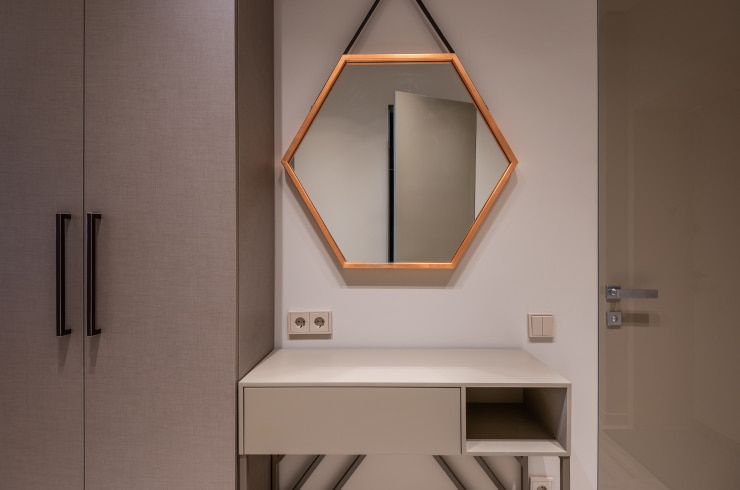
Biomimicry
Biomimicry refers to measures found in nature that can be used to solve human problems or to satisfy our needs. For instance, moss walls and eco flooring panels can serve as noise-reducing solutions in interior design. Another example can be a wool blanket that will satisfy multiple needs: make you warm, provide a pleasant sensory feeling when you touch it and add to the overall coziness of the room.

Cultural and Historical Elements
Adding cultural and historical elements to interior design provides an emotional connection to a place—a sense of attachment that encourages individuals who inhabit the space to sustain their built environment. Cultural and historical elements can be incorporated into the design in many ways: through pictures, elements of decor, plants that represent local flora, etc.
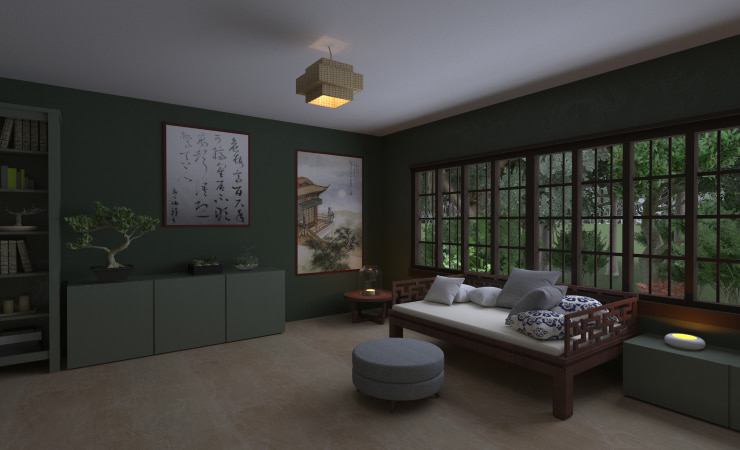
Biophilic design has gained popularity for a reason. Nowadays, more than half of the human population lives in an urban environment, and this trend is not disappearing anytime soon. Arranging an interior space following the principles of biophilic design can provide an essential exposure to nature in the built environment, enhancing the well-being of the inhabitants.
